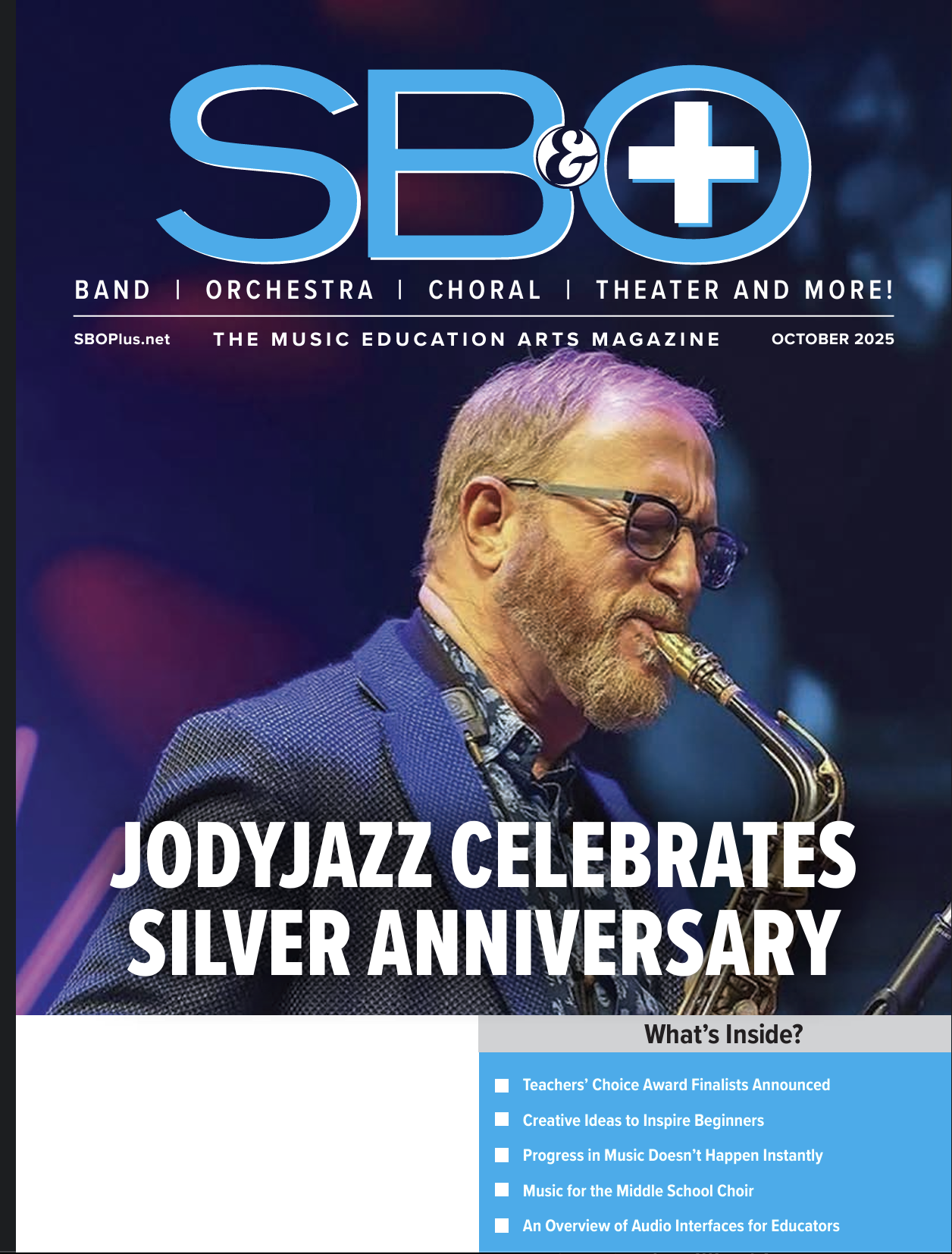 A fundamental of clean audio is setting the right level so there are no overloads. It seems like such an easy concept to those of us who’ve been recording for a while, yet until you get the hang of it, there’s most always some confusion about what works and what doesn’t. Hopefully you’ll never have to think about it again after reading this column today.
A fundamental of clean audio is setting the right level so there are no overloads. It seems like such an easy concept to those of us who’ve been recording for a while, yet until you get the hang of it, there’s most always some confusion about what works and what doesn’t. Hopefully you’ll never have to think about it again after reading this column today.
Let me boil it all down to this, and then I’ll give you the behind-the-scenes explanation. Red is bad; green is good. Yep, that’s all it comes down to. If you can make sure that there are no red overload indicators that are lit anywhere in the signal path, then your audio is going to be clean.
“I already knew that!” you’re probably saying about now. Probably the more accurate question is, “So how much into the green level should the meter indicate?” In other words, what’s the correct meter reading?
It’s All About Noise
There’s a duality in the answer here. If you’re using a piece of analog audio gear like a preamp or mixer, then you want to make sure that you’re getting a good healthy signal that’s close to the red overload (or 0VU if you’re using the old analog VU meters from yesteryear) but not touching it. The reason is noise, or more accurately, what’s known as the noise floor.
All analog electronics generate noise just by the fact that electrons are flowing through the components. Well-designed (and more expensive) analog circuits generally have a low noise floor, so they generate less noise, while inexpensive analog circuits usually are a lot noisier. But what does that mean, exactly?
Imagine that you’re outside in your yard taking notes on what to buy for your garden. Your grass hasn’t been cut a quite a while so it’s pretty high. If you drop your pen, it disappears into the grass and you have a hard time finding it because the grass is higher than the pen. The grass is the self-noise of the circuit and the pen is the signal you’re generating, let’s say from a microphone. That means you’ll hear a lot of noise along with your signal.
If the grass is freshly cut, you see the pen easily, therefore you won’t hear the noise as much. But let’s say you have the powers of levitation. You point to the pen and it raises off the grass – 6 inches, a foot, 3 feet. The grass (noise) stays at the same height, but the pen (the microphone level) gets higher into the air. In other words, the louder above the noise floor your signal is, the less you’ll hear the noise. That’s why we always try to boost the signal up as far as we can without it overloading in the analog world. In the digital world we no longer have those limitations, however. There are no electrons pulsing through analog components so there’s no noise generated. That means we can record at just about any level below 0dB Full Scale (FS – the highest level before an overload occurs) and we’re fine, since the signal won’t have to compete with the noise. Practically speaking though, we’d like to aim for around -10dB on the meter to make sure that there’s some headroom in case there’s a sudden peak that comes along.
In the Real World
For recording, we have some time to set things up and make sure all the levels are right where they should be, but what about situations like live streaming on Zoom, Teams, or Skype? Yes, the signal path after your microphone and microphone preamp is digital, but the best thing is to treat the live stream as if it were analog. That is, aim for the hottest level you can get without creating an overload (in other words, no red overload indicators anywhere).
The reason is that you want a nice hot signal going down your internet pipe so no one has trouble hearing you on the other end. We’ve all been on one of those live-streaming sessions or conference calls where that one person is so quiet that you have to strain to hear what they’re saying. Besides the fact that a low volume level can be annoying, your sense of authority is lessened, which can be a factor when it comes to things like controlling your class or making a presentation.
The bottom line is that setting the right signal levels doesn’t have to be that difficult. Stay away from overloads, make it loud enough to get above the noise, and everyone will be smiling.
Producer/engineer Bobby Owsinski is one of the best-selling authors in the music industry with 24 books that are now staples in audio recording, music, and music business programs in schools around the world, Visit Bobby’s website at bobbyowsinski.com.





























